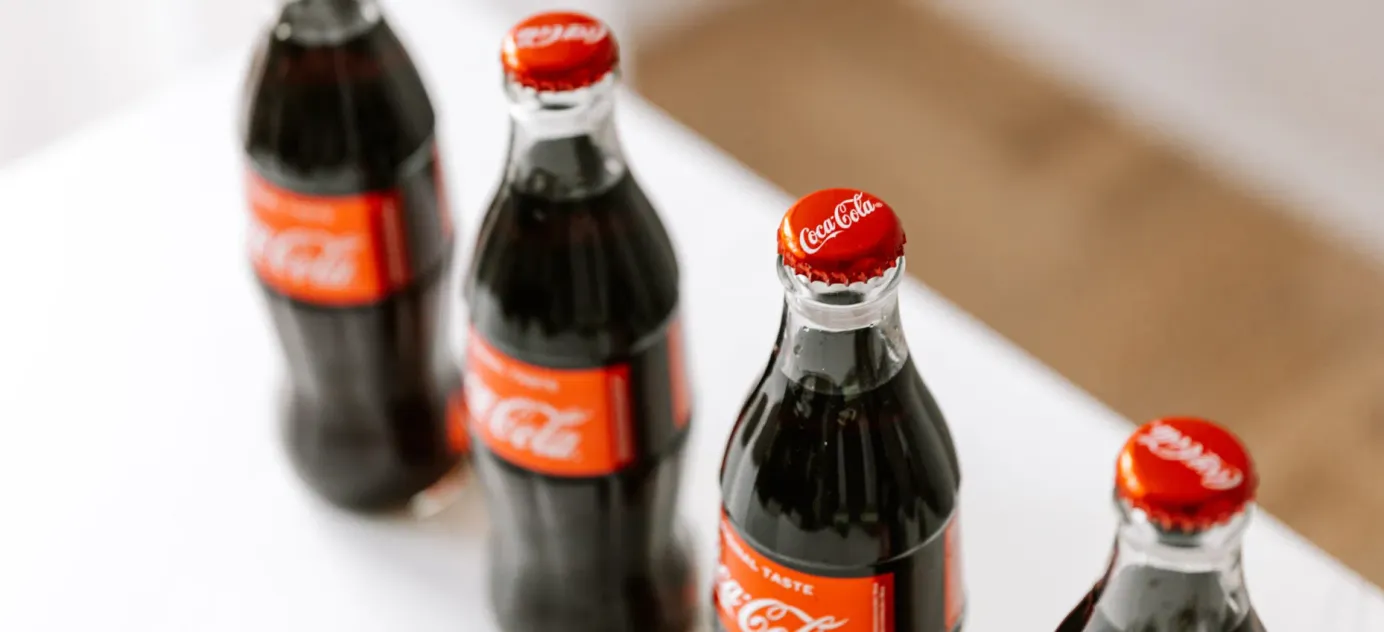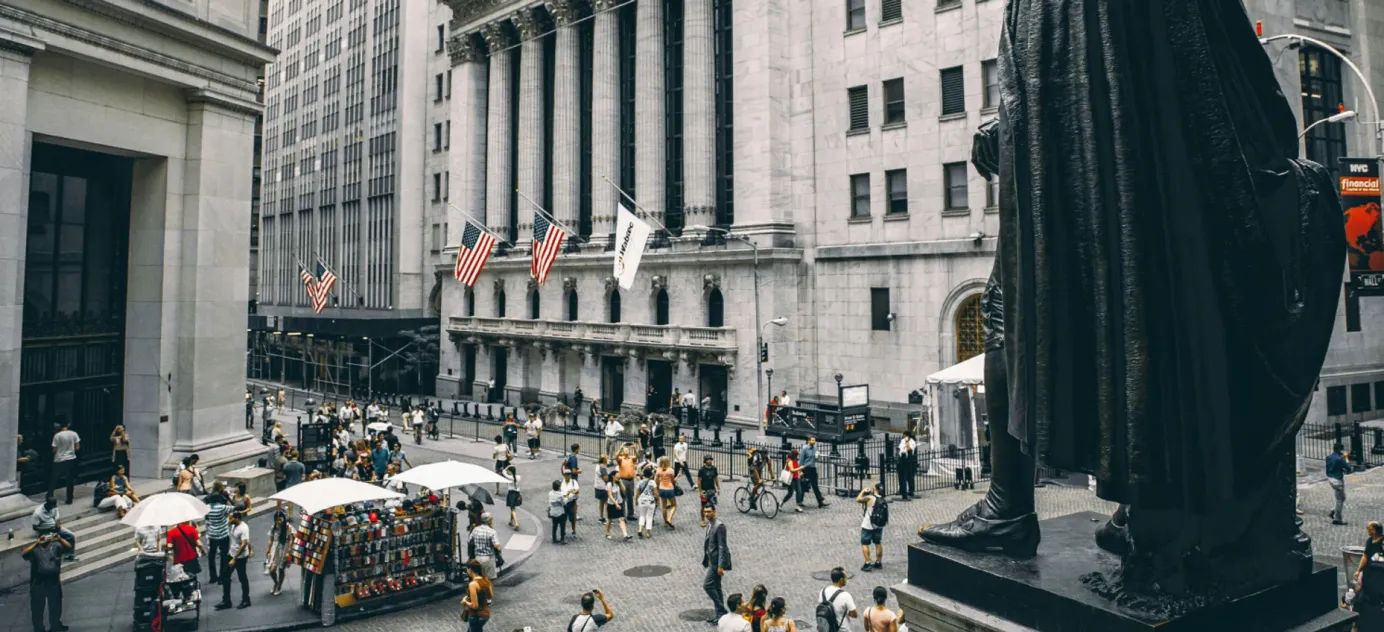
THE BELL WEEKLY: How Coca-Cola quit Russia, but stayed on the country's shelves
Hello! This week, in our main story we explain how Coca-Cola remained the second most popular soda brand in Russia even after The Coca Cola Company has ceased operations in the country. We also look at the nationalization of the largest Western-owned consumer companies and witness the signs of inflation in Russia gaining momentum.
Coca-Cola quit Russia, but you can still find it on the country's shelves. How?
Coca-Cola announced it was leaving the Russian market back in March 2022 as part of the global response to the invasion of Ukraine. Coca-Cola HBC, the Greek-owned company that bottled and sold Coke in Russia, switched to a new brand, Dobry Cola. Yet the U.S. soft drink giant remains the second most popular soda brand in Russia, and Russian businessmen are now reaping billions from it.
How Coca-Cola is sold in Russia
Two weeks after the invasion of Ukraine, the U.S. Coca-Cola Company announced that it was ceasing operations in Russia, abandoning its investments and halting its promotional activities. That meant that officially, Coca-Cola, Sprite, Fanta and other brands would no longer be on sale. However, the American parent company has never been directly responsible for its production and sales in the Russian market. Russia’s 10 Coca-Cola plants were owned by an independent Greek-Swiss firm, the Coca-Cola Hellenic Bottling Company (HBC).
In August 2022, Coca-Cola HBC announced the sale of its remaining Coke stocks and stated its intent to continue business under a new name: Multon Partners, the name of a Russian juice company purchased by Coca-Cola HBC in 2005. Multon’s range included a Russian cola called Dobry Cola.
By Q1 of 2023, Dobry Cola had become the best-selling cola in Russia, capturing 34% of the market. That was the result of decades of established distribution networks, a $100 million marketing and advertising spend (according to Multon Partners’ 2022 reporting) and a 30% discount against the original American cola.
However, second place in the market went to the original U.S. Coca-Cola. Despite the closure of its Russian production lines and other problems, it still holds 14% of the market. And now, its sales in Russia make money not for Greek businessmen, but Russian billionaires.
Who is selling Coca-Cola in Russia?
All Coca-Cola sold in Russia is imported as of last fall. There are dozens of companies bringing the drinks into the country, including the UAE, Iran, Turkey, Azerbaijan and many other countries. Journalists have even found bottles of Coke imported from Taliban-held Afghanistan.
The Bell’s reporters calculated that suppliers issued more than 100 declarations of conformity for the import of original Coca-Cola drinks into Russia in 2022-23. This figure is based on records from Rosakkreditatsiya, the state agency that issues the declarations of conformity which are required for importing goods into Russia.
Several of these were serial declarations issued by the Foodmall company, which is registered on the territory of Moscow’s largest wholesale food market, Food City. A serial declaration enables Foodmall to import any volume from its designated supplier, which is in this case the Azerbaijan-based Coca-Cola Bottlers LTD.
The same bottler is also delivering cola to the Rostov region in southern Russia via Korzinka, a company specially created for this purpose. It was founded by the 32-year-old wife of the head of a large meat processing plant in Rostov. Another company, PVD Technologies, is importing cola from Iran.
In Vladivostok, a major port close to the Chinese border, a Chinese bottler supplies local distributor Digoods. Another Vladivostok-based company, Trade Group, filed a declaration to import barrels of cola, apparently for the hospitality industry.
Why the world should care
Coca-Cola’s fate in Russia is a good illustration of how the current combination of sanctions and “self-sanctioning” is unable to completely isolate Russia from the global economy. The Coca-Cola Company was able to improve its image in the eyes of clients and investors, albeit at the cost of lost profits. Meanwhile, Russian businessmen have gained more opportunities to earn from importing soda under the Coca-Cola brand name.
Putin allows the nationalization of Russia’s largest Western-owned consumer companies
President Vladimir Putin signed a decree that transferred the shares of foreign shareholders to the “temporary control” of Rosimushchestvo, the agency responsible for state property. The decree affects the Baltika brewery, which is 100% owned by Denmark’s Carlsberg, and dairy firm Danone Rossiya, which is owned by France's Danone. In effect, the state has appropriated the assets of foreign investors who have poured billions of dollars into the Russian eonomy over the years.
Danone Rossiya and Baltika are important players on the Russian consumer market. Danone is Russia’s biggest diary producer and Baltika is the second-largest brewery.
Danone first started producing its branded products in Russian factories in 1994, and opened its own plant in the country in 2000. By 2022, the French company owned 13 businesses in the country, employing 100,000 staff.
Carlsberg became a key player in the Russian beer market in 2000 when it partnered with Norway’s Orka to acquire a 50% stake in Baltika. In 2008 the Danes increased their share in Baltika to 100%. From 1996 to 2020, Baltika was consistently the leading beer brand in Russia.
The decree might come as a surprise to Carlsberg: three weeks ago the company announced that it found a buyer for its Russian assets (although the buyer’s identity was never publicized). However, it’s currently impossible to sell Russian subsidiaries of foreign companies without the permission of a special government commission. Carlsberg’s press service admitted that it was awaiting that permit.
In February 2023, media reports said Danone planned to transfer control over its assets to new investors. However, there were never any reports that new investors had been found.
“Transfer to temporary control” is de facto nationalization. This mechanism was introduced at the end of April and was first applied to two major foreign investors in the Russian electricity market: Germany’s Uniper and Finland’s Fortum. The day after Putin’s decree was published, the management of both companies’ Russian subsidiaries were replaced with individuals from Rosneft boss Igor Sechin’s circle. This week Fortum announced that it was filing a multi-billion-euro compensation claim to international arbitration.
Why the world should care
In reality, nationalization happened some time ago, and it fell upon everyone at once. Last fall, Putin banned foreign companies from selling Russian assets without the government’s permission. If you cannot sell your business when you choose, it is no longer your business.
Inflation gains momentum
Russia’s Central Bank expects prices to rise. But just a month ago, Putin was hailing the country’s low inflation rates compared to the rest of the world.
At the start of the summer, Putin boasted of how inflation in Russia was approaching record lows and was even less than in many Western countries at 2.9%. However, with the rapid fall in the ruble and high levels of consumer demand, the Central Bank is warning of price rises to come.
According to the Central Bank’s latest figures, price rises over the past 12 months reached 6.4%. Since the start of this year alone, they are up 3.25%. The bank’s analysts anticipate that the coming months will see annual inflation rates getting higher. Taking into account current monetary policies, the rate will be 4.5-6.5% this year.
The weakening ruble's knock-on effects are currently less noticeable than usual, the Bank warned. There are exceptions for specific goods and services where demand remains high (cars, foreign tourism). As demand grows and existing stocks deplete, the combined impact of ruble depreciation may have a greater impact on prices, the Bank’s analysts warned.
Inflation was also boosted by labor shortages, wage increases outstripping productivity and consumers choosing to spend rather than save, which encourages manufactures to hike prices.
The Central Bank published fresh data on inflation a week before its next meeting to discuss the base interest rate, which has held steady at 7.5% since September 2022. Now, Russian analysts predict a 50bp increase.
Why the world should care
Official inflation rates in Russia have been low all year, close to the Central Bank’s 4% target. However, factors such as ruble depreciation, increased demand, depleted stocks of imported goods indicate that inflation is set to increase. This will compel Russia’s Central Bank to pursue a stricter monetary policy.





